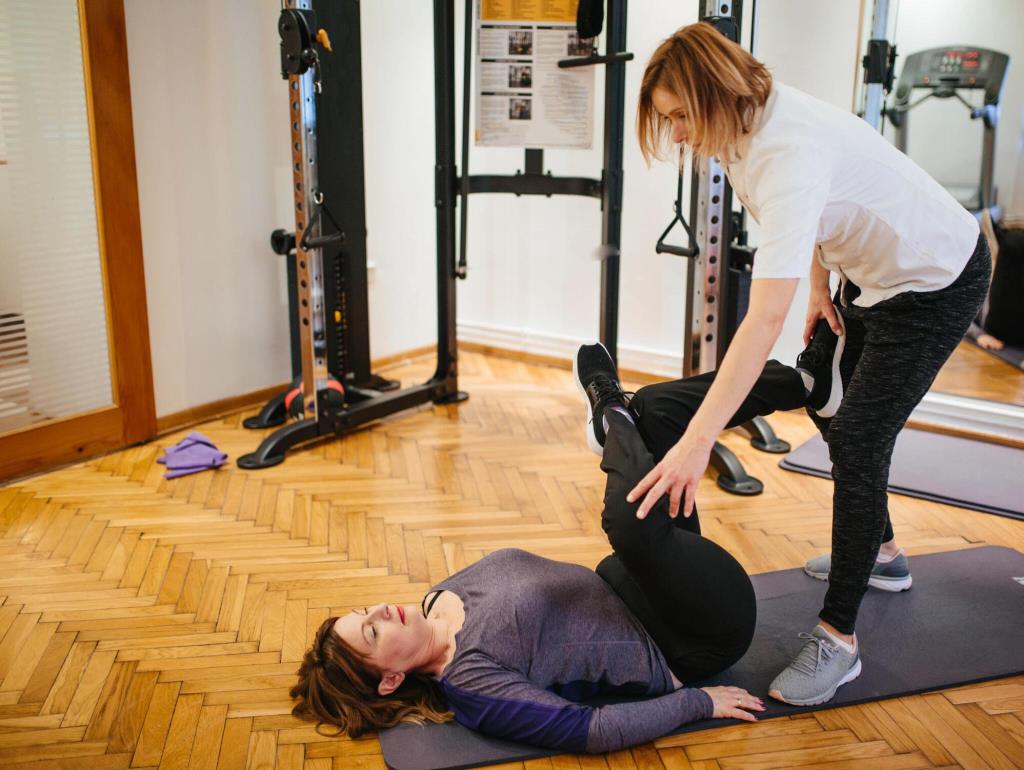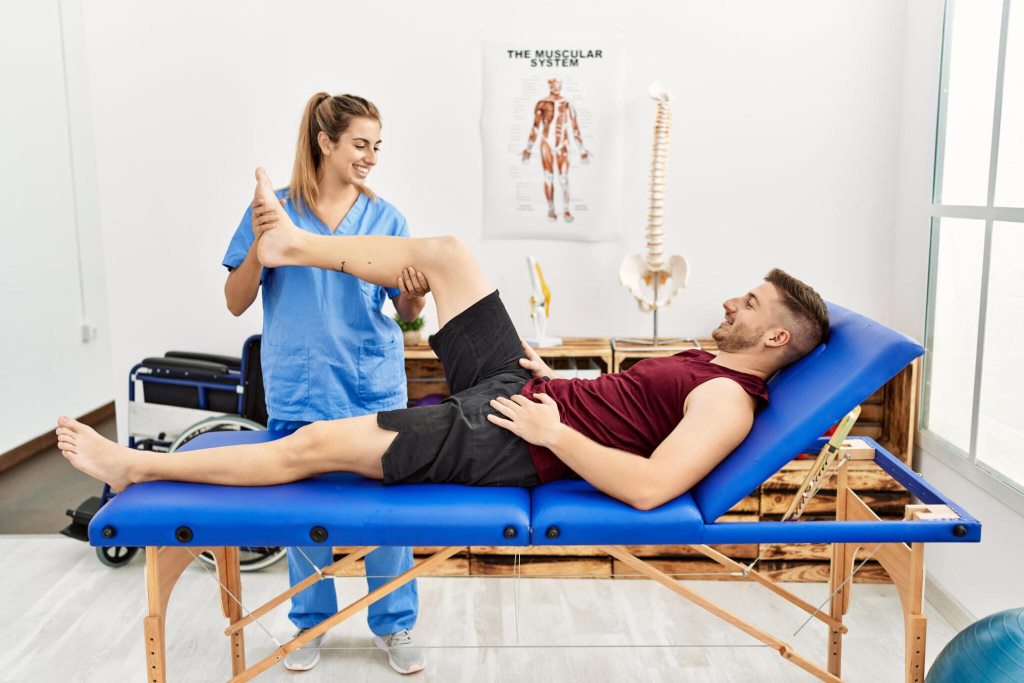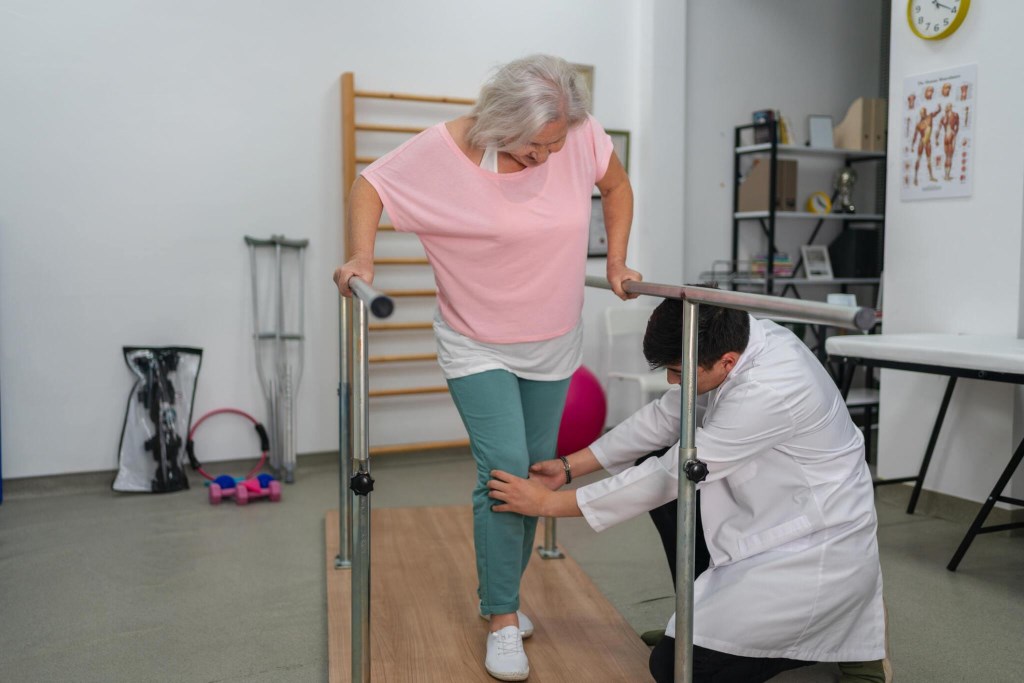Muscle and joint pain can significantly impact one’s quality of life, hindering mobility, and causing discomfort. Osteopathic physical therapy offers a holistic approach to addressing these issues, focusing on restoring function, alleviating pain, and promoting overall well-being.
This article explores the numerous health benefits of osteopathic physical therapy for muscle and joint pain, shedding light on its effectiveness in improving mobility, enhancing quality of life, and empowering individuals to live pain-free.
Understanding Osteopathic Physical Therapy
Understanding osteopathic physical therapy is essential for appreciating its holistic approach to addressing muscle and joint pain. Rooted in the principles of osteopathic medicine, this form of therapy views the body as a unified whole, with each part interconnected and influencing the others.
The Principles of Osteopathic Medicine
Osteopathic physical therapy is grounded in the principles of osteopathic medicine, which views the body as a unified whole, with each part interconnected and influencing the others. This holistic approach recognizes the importance of addressing not only symptoms but also underlying imbalances or dysfunctions within the musculoskeletal system.
Hands-On Treatment Modalities
Osteopathic physical therapists utilize a variety of hands-on treatment modalities to address muscle and joint pain. These may include manual therapy, soft tissue mobilization, joint mobilization, and myofascial release techniques, among others. By targeting areas of tension, restriction, or dysfunction, these techniques help restore mobility, reduce pain, and improve overall function.
- Manual Manipulation: Osteopathic physical therapists use their hands to apply gentle pressure and manipulation techniques to realign joints, relieve tension, and improve mobility.
- Soft Tissue Mobilization: Therapists target muscles, tendons, and ligaments with hands-on techniques such as massage and stretching to release tightness, reduce inflammation, and promote healing.
- Joint Mobilization: Through controlled movements and gentle manipulation, therapists restore mobility and function to joints that may be restricted or stiff due to injury or inflammation.
- Myofascial Release: This technique focuses on releasing tension in the fascia, the connective tissue that surrounds muscles, by applying sustained pressure and stretching to improve flexibility and reduce pain.

Alleviating Muscle and Joint Pain
Alleviating muscle and joint pain is a primary focus of osteopathic physical therapy, which employs a multifaceted approach to address the root causes of discomfort. Osteopathic physical therapists utilize a variety of hands-on techniques and modalities to target areas of tension, restriction, or dysfunction within the musculoskeletal system.
Targeted Pain Relief
Osteopathic physical therapy provides targeted pain relief for a wide range of musculoskeletal conditions, including but not limited to arthritis, back pain, neck pain, sciatica, tendonitis, and sports injuries. Through personalized treatment plans tailored to each individual’s needs, therapists address the root causes of pain, rather than simply masking symptoms with medication.
Improving Mobility and Function
By addressing muscle imbalances, joint restrictions, and movement dysfunctions, osteopathic physical therapy improves mobility and function, allowing individuals to perform daily activities with greater ease and efficiency. This may include tasks such as walking, climbing stairs, bending, lifting, and reaching, which may have been difficult or painful due to muscle and joint issues.
Enhancing Quality of Life
Enhancing quality of life is a fundamental goal of osteopathic physical therapy, which aims to alleviate muscle and joint pain and improve overall well-being. By reducing dependence on medication and providing non-invasive pain relief, osteopathic physical therapy empowers individuals to manage their symptoms effectively and regain control over their daily activities.
Reducing Dependence on Medication
Osteopathic physical therapy offers a non-invasive and drug-free approach to managing muscle and joint pain, reducing the need for pain medication and its associated side effects. By addressing the underlying causes of pain, rather than simply masking symptoms, therapy promotes long-term relief and improved quality of life.
Empowering Self-Management
Through education, guidance, and self-care strategies, osteopathic physical therapy empowers individuals to take an active role in managing their muscle and joint pain. Therapists provide tools and techniques for pain management, injury prevention, and self-care, enabling individuals to maintain their progress and prevent the recurrence of pain in the future.

Promoting Overall Well-Being
Promoting overall well-being is a central tenet of osteopathic physical therapy, which recognizes the interconnectedness of the body, mind, and spirit. Beyond addressing muscle and joint pain, therapy takes a holistic approach to health, considering factors such as nutrition, stress management, and emotional well-being.
Addressing Whole-Body Health
Osteopathic physical therapy takes a holistic approach to health, recognizing the interconnectedness of the body, mind, and spirit. By addressing musculoskeletal issues, therapists help restore balance and harmony within the body, promoting overall well-being and vitality.
- Comprehensive Assessment: Osteopathic physical therapists conduct thorough evaluations to assess not only musculoskeletal issues but also other factors affecting overall health and wellness, such as posture, movement patterns, and lifestyle habits.
- Identifying Underlying Causes: Therapists work to identify and address the root causes of pain and dysfunction, considering factors such as biomechanical imbalances, structural abnormalities, and systemic health issues.
- Integration of Mind-Body Connection: Recognizing the interplay between physical, mental, and emotional well-being, therapists incorporate techniques to promote relaxation, reduce stress, and enhance overall vitality.
- Promotion of Healthy Lifestyle Habits: Osteopathic physical therapy emphasizes the importance of nutrition, exercise, sleep, and stress management in supporting whole-body health, providing education and guidance to help individuals make sustainable lifestyle changes.
Reducing Stress and Tension
Muscle and joint pain often contribute to increased stress and tension in the body, leading to further discomfort and dysfunction. Osteopathic physical therapy incorporates techniques to reduce stress and tension, promoting relaxation, and facilitating the body’s natural healing processes.

Conclusion
Osteopathic physical therapy offers numerous empowering health benefits for muscle and joint pain, addressing not only symptoms but also underlying imbalances and dysfunctions within the body. By providing targeted pain relief, improving mobility and function, enhancing quality of life, and promoting overall well-being, therapy empowers individuals to live pain-free and regain control of their health.




